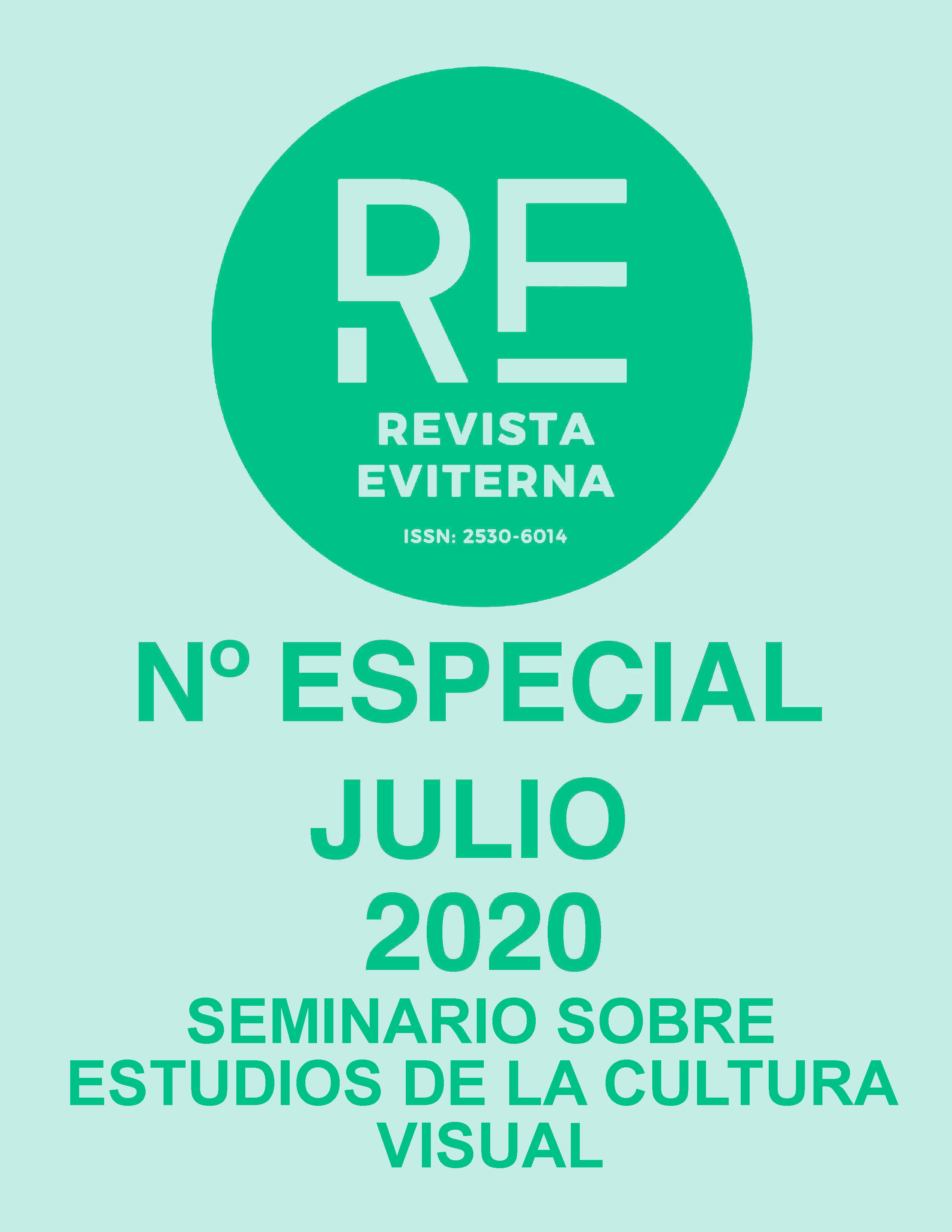Federico Castellon. A figure recovered for Spanish art
DOI:
https://doi.org/10.24310/Eviternare.vi4.9818Keywords:
Federico Castellon, surrealism, expressionism, engraving, lithographyAbstract
The artist Federico Castellón Martínez (Alhabia, 1914-New York, 1971) has remained almost forgotten in Spain until recently, in contrast to his country of adoption, the United States, where he has been admired since his youth. Fortunately, with the increasing studies and exhibitions of his work in his native country, the true artistic dimensions of this Almerian are being discovered.
Downloads
Metrics
Publication Facts
Reviewer profiles N/A
Author statements
Indexed in
-
—
- Academic society
- N/A
- Publisher
- Universidad de Málaga
References
Alix, Josefina et al (1999), Surrealistas en el exilio y los inicios de la Escuela de Nueva York. Museo Nacional Centro de Arte Reina Sofía: Madrid.
Barr, Alfred H., (Ed.) (1936), Fantastic art, dada, surrealism. The Museum of Modern Art: NewYork.
Bonet, Juan Manuel (2008), Federico Castellón. Notas para un retrato, en CARINI, Miguel (Dir.). Federico Castellón, de Almería a Nueva York (pp.27-38). Consejería de Cultura de la Junta de Andalucía: Almería.
Carini, Miguel (Dir.) (2008), Federico Castellón, de Almería a Nueva York. Consejería de Cultura de la Junta de Andalucía: Almería.
Castellón, Federico (1962), “Carta a Adolph Dehn”, Madrid, 8 de febrero de 1962, en Federico Castellon, papers, 1935-1967. Archives of American Art Smithsonian Institute. Washington.
Castellón, Federico (1966), “Carta a Hilda y Paul Castellón” Paris, 30 de diciembre de 1966 en Federico Castellon, papers, 1935-1967. Archives of American Art Smithsonian Institute. Washington.
Colmena Solís, Javier (1934), “Saluda a Federico Castellón”. Madrid, 29 de diciembre de 1934, Archivo de Dionisio Godoy. Dossier Federico Castellón. Almería
Cortés-Bervel, Manuel (18 de agosto de 1934), Valores Almerienses, Diario de Almería, p.1.
Cummings, Paul (1971), "Oral history interview with Federico Castellon”, Abr.7-1971 Abr.14" Archives of American Art Smithsonian Institute: Washington. Recuperado de: https://www.aaa.si.edu/collections/interviews/oral-history-interview-federico-castellon-5452#transcript
Fernández de Capel Baños, María del Carmen (2006), Federico Castellón. Análisis de las litografías. Instituto de Estudios Almerienses: Almería.
Fernández de Capel Baños, María del Carmen (2009), Vanguardias de la Pintura almeriense y su presencia internacional. Consejería de Cultura de la Junta de Andalucía, y Ayuntamiento de Roquetas de Mar: Almería.
Freundich, August L. (1978), Federico Castellón. His Graphic Works 1936 –1971. Syracuse University: Syracuse, New York.
Fuertes, Guillermo (15 de abril de 2008), Las mujeres del Grupo Salmerón, La Voz de Almería, p.64.
García de Carpi, Lucía (1994), La Respuesta Española, en VV.AA. El surrealismo en España 1924-1939 (pp.21-44) Museo Nacional Centro de Arte Reina Sofía: Madrid.
Green, Jerald R. (1994), Federico Castellón: reivindicación para un surrealista español, Revista de Arte Goya, nº240 (pp. 349-354). Museo Lázaro Galdiano: Madrid.
J.M. (25 de diciembre de 1934), Notas de Arte. Exposición Federico Castellón, La Época, p. 5.
Martín Robles, Juan Manuel (2016), Federico Castellón. La colección del artista. Fundación Museo Casa Ibáñez: Almería.
Martín Robles, Juan Manuel (2012), Federico Castellón. Las series eróticas. Fundación Museo Casa Ibáñez: Almería.
Martinez Marín, Ana (2012), Federico Castellón, un Lenguaje Propio. Fundación Museo Casa Ibáñez – Centro de Arte Museo de Almería – Fundación Caja Mar – estudio-53: Almería.
Martínez Puertas, José (29 de agosto de 1934), Criticas de Arte. Exposición Provincial de Bellas Artes, Diario de Almería, p.1.
Payá Sanchís, Francisco y López Suárez, Juan (5 de septiembre de 1934), Exposición Provincial de Bellas Artes y Artes Industriales, Diario de Almería, p.1.
Poe, Edgar A. y Castellón, Federico (1969), The Mask of the Red Death. A fantasy by Edgar A. Poe. With sixteen lithographs by Federico Castellón. Aquarius Press: Baltimore.
Utrera, Federico (13 de abril de 2008), El espía que vino del Sur. Cuentos de Colombine. La voz de Almería, p.42.
Utrera, Federico (2011), Cordel de extraviados (Literatura y Arte) 1989-2009. Cabildo de Gran Canaria: Gran Canaria.
Zigrosser, Carl (1950), Introducción, en Castellón, F. China Portfolio. s.p. s.l.
Downloads
Published
How to Cite
Issue
Section
License
All the contents published in Revista Eviterna are subject to the Creative Commons Reconocimento-NoComercia-Compartirigual 4.0 license, the full text of which can be found at <http://creativecommons.org/licenses/by-nc-sa/4.0>
They may be copied, used, disseminated, transmitted and publicly exposed, provided that:
The authorship and original source of your publication (Journal, editorial and URL of the work) are cited.
They are not used for commercial purposes.
The existence and specifications of this use license are mentioned.

Copyright is of two kinds: moral rights and patrimonial rights. Moral rights are perpetual, inalienable, inalienable, inalienable, inalienable and imprescriptible prerogatives.
In accordance with copyright legislation, Revista Eviterna recognizes and respects the moral rights of the authors, as well as the ownership of the economic right, which will be transferred to the University of Malaga for dissemination in open access.
The economic rights refer to the benefits obtained by the use or disclosure of the works. Revista Eviterna is published in open access and is exclusively authorized to carry out or authorize by any means the use, distribution, disclosure, reproduction, adaptation, translation or transformation of the work.
It is the responsibility of the authors to obtain the necessary permissions of the images that are subject to copyright.







12.png)



